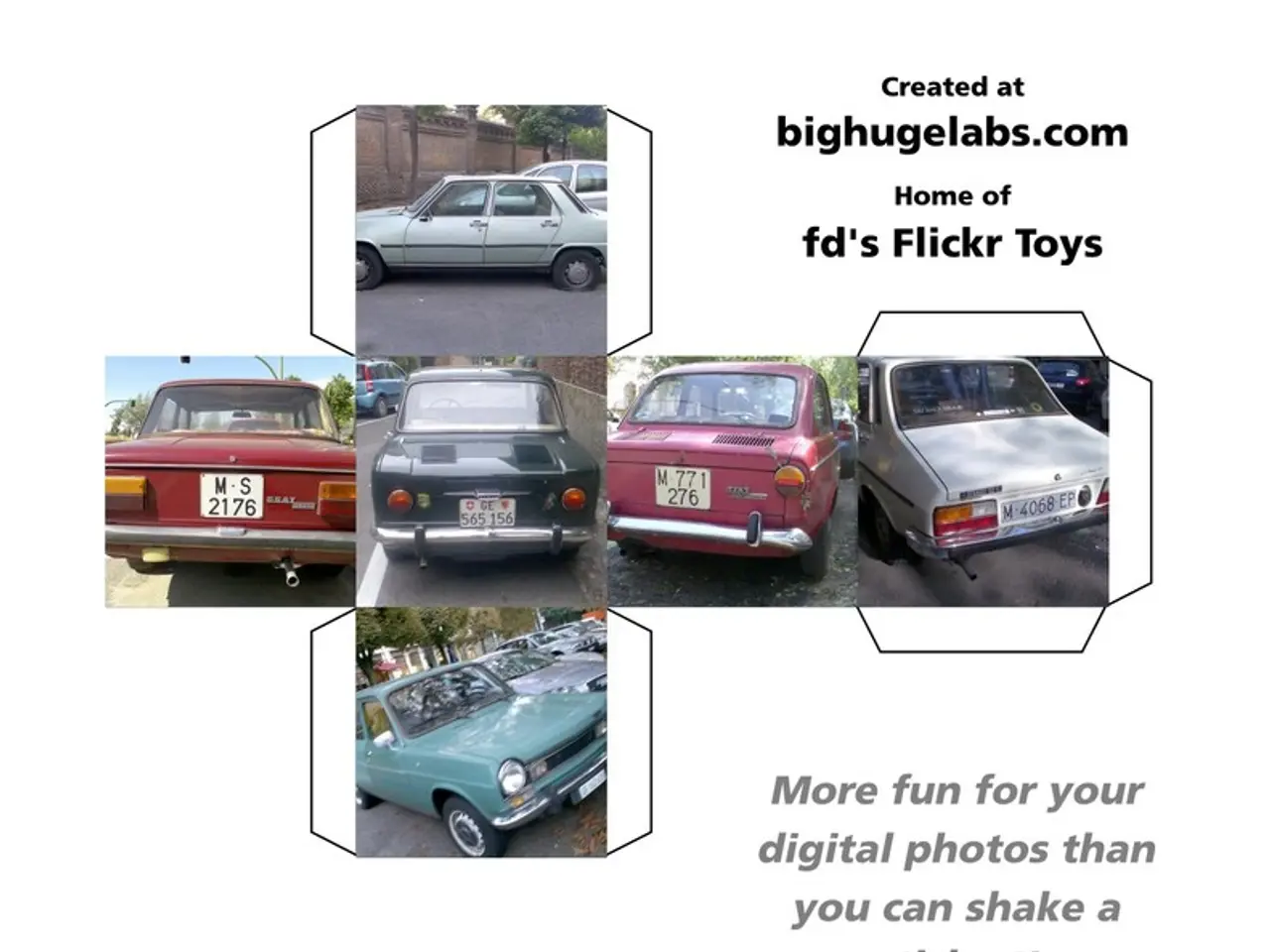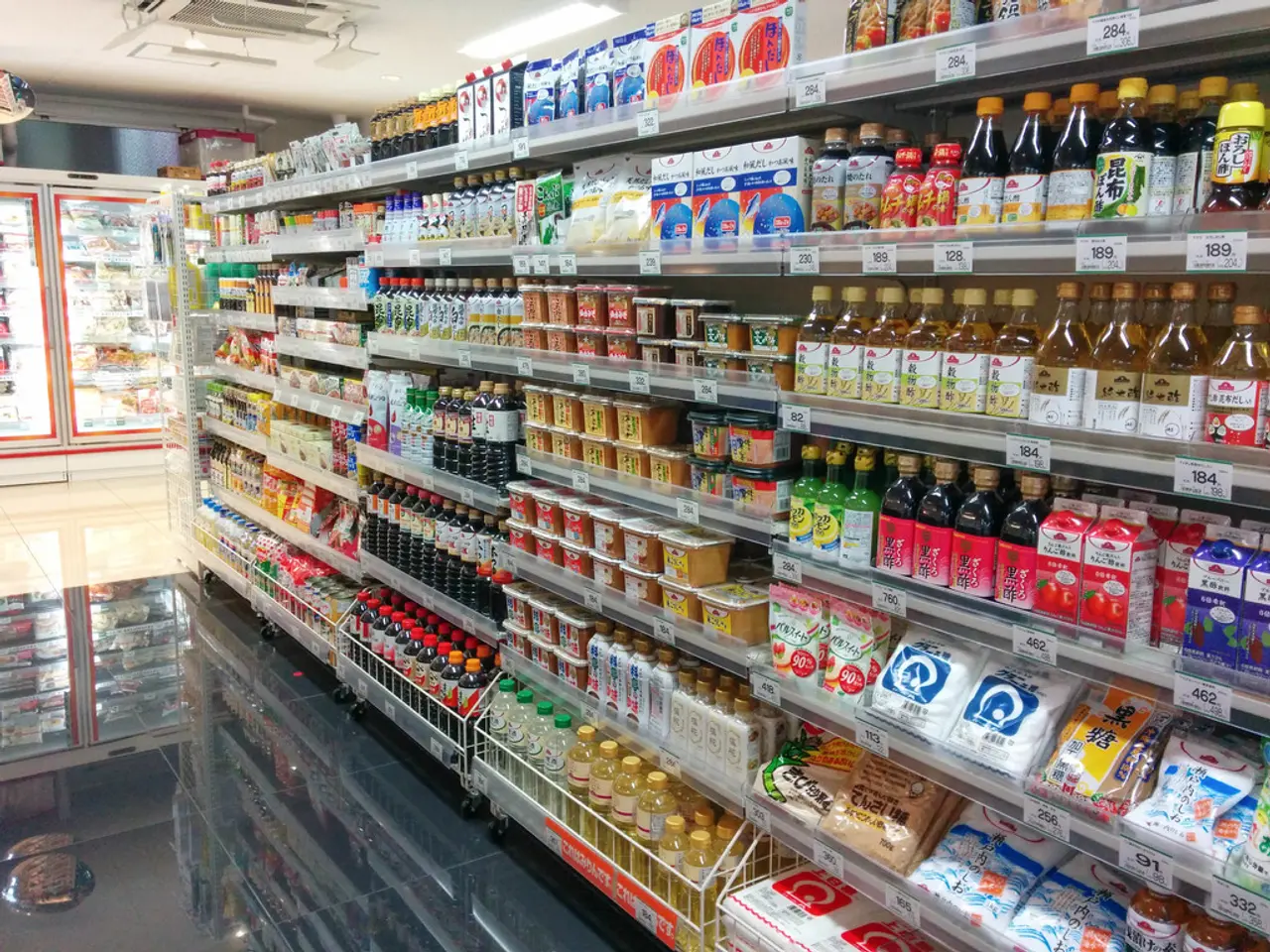Price Decline in Various Sectors Observed Early in July, Yet Electric Vehicles and Trucks Remain Untouched by this Trend
In the first half of July 2025, wholesale used-vehicle prices experienced a slight dip, marking a return to standard seasonal depreciation patterns. This decline, however, is not directly linked to impending tax incentives or proposed tariffs on electric vehicles (EVs), according to recent data.
The wholesale market supply remains tight, standing at 25 days as of July 15, unchanged from the end of June and three days lower than the same time last year. This tight supply, coupled with steady retail demand, helps maintain price stability despite the mild softening in demand.
The average daily sales conversion rate dropped to 54.9% in early July, down from 57.8% in June and lower than July 2024's 57.0%. The Manheim Used Vehicle Value Index (MUVVI) registered 206.9 mid-month, a 2.6% increase year-over-year.
Compact cars underperformed, decreasing 4.0% from last year and 0.7% since June. In contrast, trucks rose 0.5% from June and increased 0.8% year over year. Luxury vehicles posted a 5.6% annual gain but decreased 1.4% month over month.
Interestingly, electric vehicles (EVs) surged 6.8% year over year but dropped 2.1% compared to June. Historically, July sees a 0.7% decline for the full month, suggesting early July's depreciation is heavier than usual.
Despite the current price softening, analysts anticipate that lower supply could help support prices as dealers look ahead to potential supply shortages, high interest rates, and consumers' financial skittishness.
It's worth noting that while rising tariffs on new cars could potentially increase used vehicle prices in the longer term by pushing consumers toward the used market, this effect has not yet materialized as a direct cause of the current price declines.
In summary, the wholesale used-vehicle market is experiencing a slight price decline in line with seasonal trends, but the tight supply and steady demand are helping to maintain price stability. The impact of tariffs and tax incentives on the market dynamics is expected to unfold over time.
- The expected growth in the electric vehicles (EVs) industry might see a shift in consumer preference, affecting the lifestyle and automotive sector, as the demand for electric-vehicles continues to rise, with a 6.8% increase year over year noted in July 2025.
- Despite the current dip in wholesale used-vehicle prices, the finance sector may find stability due to potential supply shortages, high interest rates, and consumer financial cautiousness, as dealers look to support prices in the future.
- The trends in the transportation industry show a decrease in compact cars, while trucks and luxury vehicles maintain growth, with electric vehicles experiencing strong yearly gains but a mild drop month over month.
- The tight wholesale market supply for cars, seen as 25 days as of July 15, impacts market dynamics and could contribute to the continued dominance of the automotive industry, as supply and demand remain balanced despite the recent price decline.




